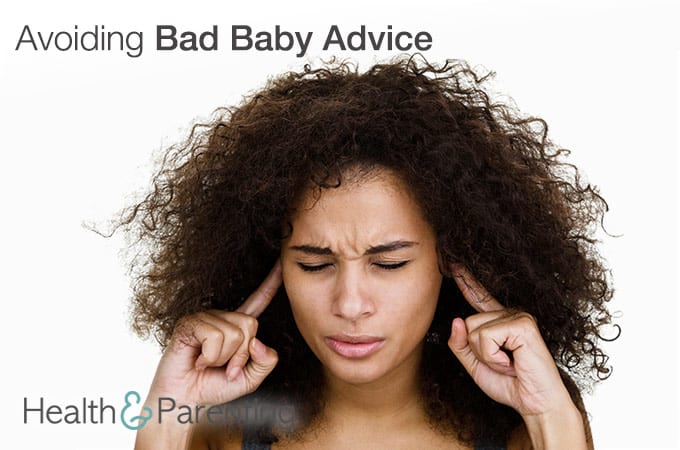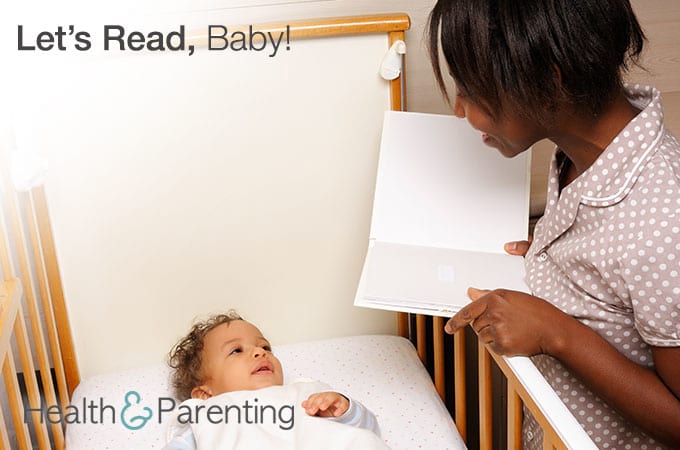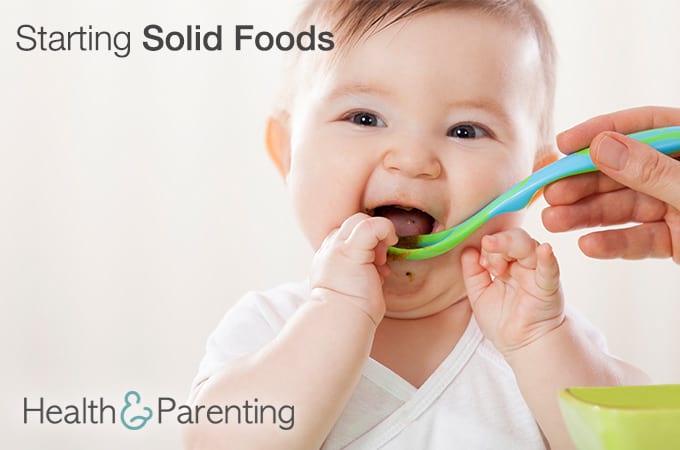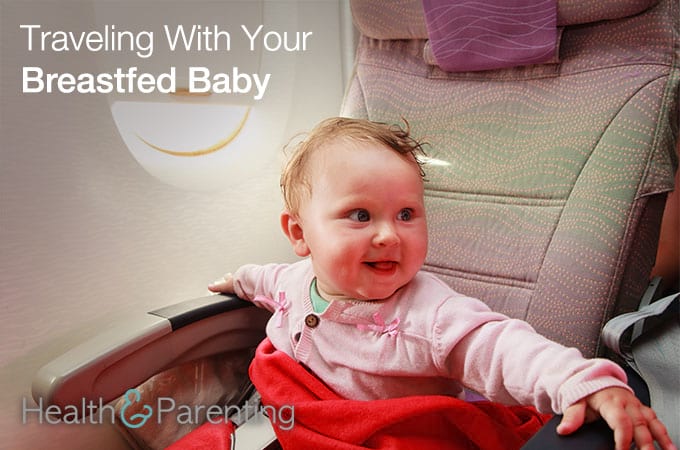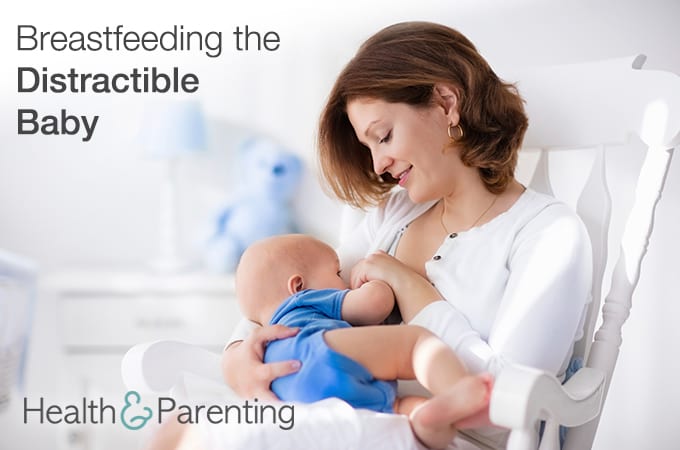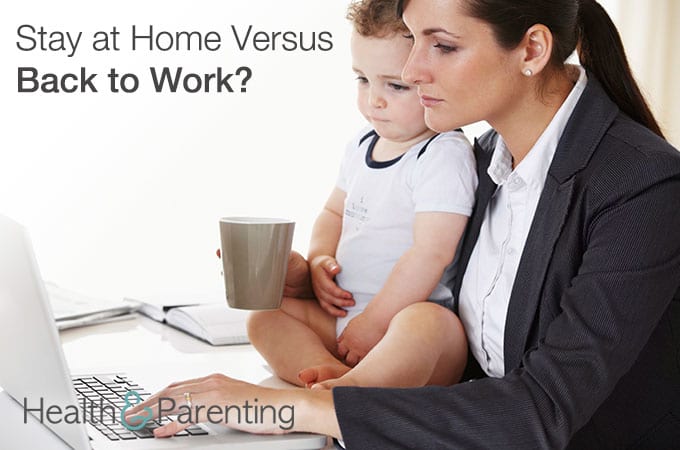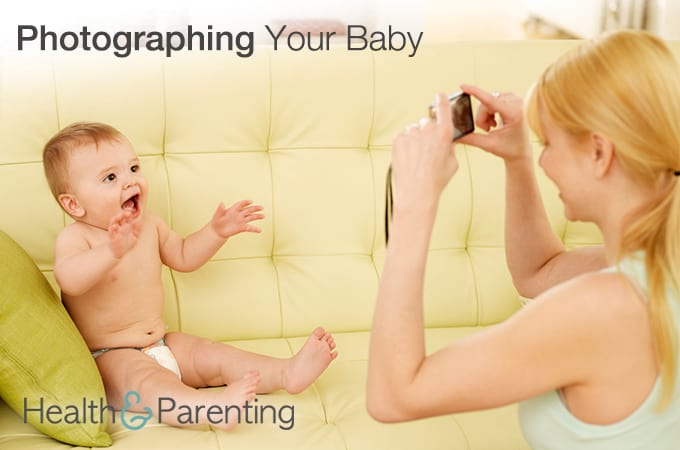Parenting advice – It’s unavoidable. It starts as soon as anyone realizes you’re pregnant. And it just never stops. It comes from everyone – your mother, your doctor, your best friend, the woman behind you in the grocery queue, the mailman, the bank teller.
While everyone means well and some of their knowledge is useful, sometimes the tales they have to tell are not only outdated but could be dangerous, as well. Bad baby advice that you definitely should not follow includes:
- Don’t pick your baby up every time he cries or you’ll spoil him. You can’t spoil a baby. A young baby doesn’t have the mental capacity to manipulate you, and only has immediate needs that you can fulfill by picking him up when he signals he needs you.
- Dip your baby’s pacifier in honey and sugar to get her to take it and help her sleep. Or to help get rid of hiccups. The added calories aren’t necessary, and the honey could contain dangerous botulism spores that could harm baby. And there’s absolutely no scientific evidence behind these claims.
- Bite your baby’s nails instead of cutting them. Aside from the yuck factor, the practice of biting your baby’s nails could cause small skin tears that when exposed to your saliva could become infected.
- Rub baby’s gums with whiskey to relieve teething pain. Or give baby a little rum to help him sleep. Well, a drunken baby may surely sleep, but the alcohol might also harm his immature liver and brain.
- Put cereal in baby’s bottle to help him sleep through the night. Babies aren’t meant to have any solids until about 4 to 6 months of age. Before that, his digestive system just isn’t mature enough.
- Never let your baby fall asleep at the breast (Or in your arms. Or in his seat, stroller, swing, etc.) or he will never be able to fall asleep on his own. This advice is sometimes impossible. The hormones released during feeding make baby sleepy, as does the motion of movement. Sleep is a developmental milestone that all humans can eventually accomplish on their own.
- Your emotions could poison your breastmilk. It’s true that a major stressor can impact your milk supply, you’re not going to pass anger, depression, sadness, etc. on to your baby through your breastmilk. If you are suffering with depression, though, it’s important to be treated – your parenting and your interactions with your baby could suffer.
- You can never eat ___ when breastfeeding. And if you have even a whiff of alcohol you should pump and dump. Breastfeeding moms can enjoy whatever foods they like – including the occasional alcoholic beverage – without impacting their breastfeeding babies, if timed correctly. Only rarely are babies allergic to something in their moms’ diets.
- If your baby bites you – or your toddler bites a playmate – bite him back. Biting a baby back only reinforces the exact behavior you want to stop. And it could be seen as abuse by some.
- Never take your baby out on a cold day. Cold air doesn’t cause colds – germs do – so if you’d like to be outside, just bundle baby up and go.
While these seem like antiquated tales, moms today still hear this advice. If you’re not sure what to do in certain situations or if someone’s advice seems iffy, do some research. Most importantly, follow your intuition. If the advice doesn’t seem credible, find another solution.
Written by Michelle, childbirth instructor, lactation consultant, and mother to 4 busy kids
This information is not intended to replace the advice of a trained medical doctor. Health & Parenting Ltd disclaims any liability for the decisions you make based on this information, which is provided to you on a general information basis only and not as a substitute for personalized medical advice. All contents copyright © Health & Parenting Ltd 2016. All rights reserved.

